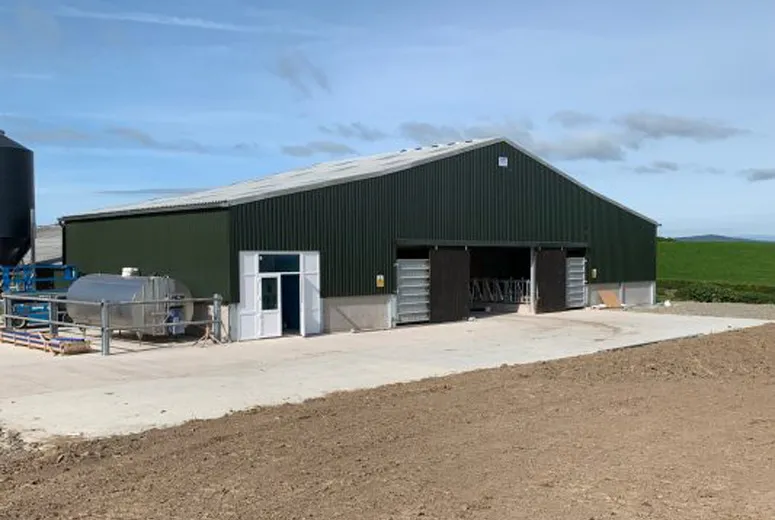- Afrikaans
- Albanian
- Amharic
- Arabic
- Armenian
- Azerbaijani
- Basque
- Belarusian
- Bengali
- Bosnian
- Bulgarian
- Catalan
- Cebuano
- Corsican
- Croatian
- Czech
- Danish
- Dutch
- English
- Esperanto
- Estonian
- Finnish
- French
- Frisian
- Galician
- Georgian
- German
- Greek
- Gujarati
- Haitian Creole
- hausa
- hawaiian
- Hebrew
- Hindi
- Miao
- Hungarian
- Icelandic
- igbo
- Indonesian
- irish
- Italian
- Japanese
- Javanese
- Kannada
- kazakh
- Khmer
- Rwandese
- Korean
- Kurdish
- Kyrgyz
- Lao
- Latin
- Latvian
- Lithuanian
- Luxembourgish
- Macedonian
- Malgashi
- Malay
- Malayalam
- Maltese
- Maori
- Marathi
- Mongolian
- Myanmar
- Nepali
- Norwegian
- Norwegian
- Occitan
- Pashto
- Persian
- Polish
- Portuguese
- Punjabi
- Romanian
- Russian
- Samoan
- Scottish Gaelic
- Serbian
- Sesotho
- Shona
- Sindhi
- Sinhala
- Slovak
- Slovenian
- Somali
- Spanish
- Sundanese
- Swahili
- Swedish
- Tagalog
- Tajik
- Tamil
- Tatar
- Telugu
- Thai
- Turkish
- Turkmen
- Ukrainian
- Urdu
- Uighur
- Uzbek
- Vietnamese
- Welsh
- Bantu
- Yiddish
- Yoruba
- Zulu
Дек . 25, 2024 00:12 Back to list
Steel Construction Design An Overview
Steel construction has become a prominent choice in modern architecture and structural engineering due to its unparalleled strength, adaptability, and cost-effectiveness. As urban landscapes expand and evolve, the demand for durable and efficient building materials increases, making steel an essential component in construction design. This article explores various aspects of steel construction design, including advantages, design principles, applications, and sustainability considerations.
Advantages of Steel in Construction
One of the primary benefits of steel in construction is its impressive strength-to-weight ratio. Steel structures can span vast distances without the need for intermediate supports, making them ideal for skyscrapers, bridges, and warehouses. This capability not only allows for greater design flexibility but also optimizes the use of interior space.
Additionally, steel is highly durable and resistant to various environmental factors. Unlike other materials, steel does not degrade over time due to weather conditions, pests, or rotting, ensuring the longevity of structures. With proper corrosion protection, steel buildings can withstand harsh climates, making them a reliable choice for various applications.
Another significant advantage of steel is its recyclability. As concerns about sustainability grow, the construction industry is increasingly turning towards materials that minimize environmental impact. Steel can be recycled indefinitely without losing its properties, thus reducing the demand for new raw materials and decreasing waste.
Design Principles
Effective steel construction design involves understanding structural principles, material properties, and load-bearing capabilities
. The design process typically begins with conceptualization, where architects and engineers collaborate to create a viable plan that meets aesthetic and functional requirements.Key considerations in steel design include
1. Load Analysis Understanding the types of loads a structure will experience is critical. These can include dead loads (permanent/static weights), live loads (temporary/movable weights), and environmental loads such as wind and seismic forces. Accurate load analysis ensures that the structure can withstand various stresses over time.
steel construction design

2. Connection Design Steel structures are composed of numerous elements connected through welds or bolts. The design of these connections significantly influences the overall stability and integrity of the structure. Proper connection design must accommodate both tensile and compressive forces, ensuring that the entire framework works seamlessly.
3. Fabrication and Construction Steel components are usually fabricated off-site and then assembled at the construction location. This process necessitates precise design specifications and tolerance measurements to ensure that all parts fit together as intended. Efficient fabrication can reduce construction time and costs, leading to quicker project completion.
4. Aesthetic Considerations As architecture becomes increasingly bold and innovative, the aesthetic potential of steel cannot be overlooked. Architects often incorporate exposed steel elements into their designs to create striking visual effects. The versatility of steel allows for intricate shapes, patterns, and finishes, appealing to contemporary design trends.
Applications of Steel Construction
Steel is used in a wide variety of applications, ranging from residential buildings to large-scale infrastructure projects. In commercial construction, steel frames enable large open spaces, which are essential for warehouses, retail spaces, and office buildings. Its strength is particularly advantageous in high-rise buildings, allowing for both height and structural integrity.
Infrastructure projects, such as bridges and towers, also benefit from steel's durability and spanning capabilities. The use of steel in transportation systems contributes to safer and more efficient structures that can endure the stresses of heavy traffic and harsh weather conditions.
Sustainability Considerations
The construction industry has significant environmental impacts, and the choice of materials can either mitigate or exacerbate these effects. Steel construction supports sustainability through its recyclability and the potential for energy-efficient design. The incorporation of green building practices, such as optimizing energy use and utilizing recycled steel, enhances the overall sustainability of construction projects.
In conclusion, steel construction design is a vital aspect of modern architecture and engineering. Its advantages, combined with effective design principles and diverse applications, make it an indispensable choice for contemporary building needs. As the industry continues to evolve, the integration of sustainability into steel construction will play a critical role in shaping the future of the built environment, providing efficient buildings that meet the demands of today while considering the needs of tomorrow.
-
Cold Formed Steel Residential Framing
NewsMay.21,2025
-
Innovative Steel Structure Building Solutions
NewsMay.19,2025
-
Innovative Prefab Metal Shed Solutions
NewsMay.19,2025
-
Durable Steel Horse Shelter Solutions
NewsMay.19,2025
-
Durable Metal Shed Solutions
NewsMay.19,2025
-
Durable Big Metal Shed Solutions
NewsMay.19,2025
Products categories
Our Latest News
We have a professional design team and an excellent production and construction team.












